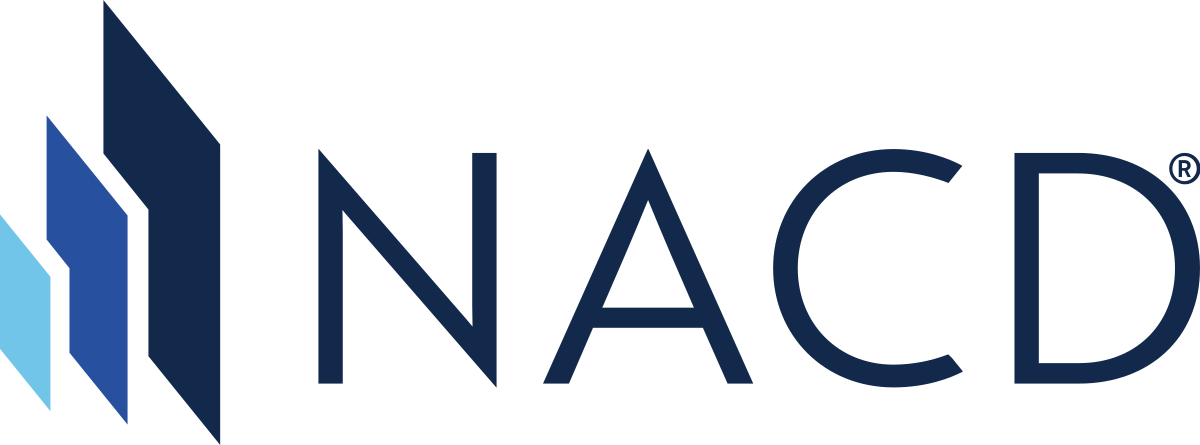
Governance Surveys
Design-led. This term may conjure images of turtlenecked CEOs hawking the latest mobile phone or accessory, but design-led concepts need not be relegated to creative industries or sectors. A design-led approach places people at the center of program development and decision-making, invites empathy into the ways in which a company structures its business, and is something boards should be keenly aware of.
Rooted in industrial design (the creative act of defining a physical product’s form and features), the design movement in business describes a way of looking at products and services with deep empathy for their intended users—customers, employees, suppliers, and even partners. At its core, a design-led approach is simply about viewing the world through the eyes of consumers to resolve their pain points and evoke positive human emotions during every interaction with a company.
Today, design-led concepts can be found in the corners of every corporate function within every industry. What’s more, the design movement has matured into essential curriculum in top business schools and in leadership training in more progressive companies.
The interest in applying design capabilities to all types of businesses and functions (e.g., marketing, human resources, finance) is due in large part to the wide-spread digitalization and automation of commerce channels. Now, with these approaches becoming so well adopted in consumer-facing domains, businesses are turning to the power of design-led approaches coupled with advanced analytics to improve operating margins and accelerate growth. That’s right—you can do both simultaneously.
What Does ‘Design-led’ Look Like?
To demonstrate the power of a design-led, advanced analytics approach, here’s a quick real-life application: A Fortune 500 client was aspiring to install an enterprise data and analytics platform to efficiently manage and monetize operational data, but a price tag of $100 million kept the business from pulling the trigger. Senior executives couldn’t see past the giant expense, especially given the company’s history of information technology (IT) cost overruns and write-offs.
Rather than build an abstract and complex platform that only IT professionals truly grasped, the client took a design-led, advanced analytics approach. First, the company did an empathy map of the key personas (platform stakeholders) who would be using or impacted by the system. Next, it developed a prioritized list of customer and employee use-cases for the platform. Then, the team built only the platform components, one phase at a time, that were absolutely needed to drive practical value for customers and employees as identified in the initial set of use cases. The team aligned the business on this phased roadmap and defined key performance indicators for each phase so the client could measure success.
The close of each design phase included a quantitative review and report to the C-suite on the platform’s value to either customers or employees. The team’s ask to the C-suite was simple: give seed money to build the first phase, and if the team can quantify real value to either employees or customers at the end of the phase, release more money to build the next phase. Then the team would repeat the process. The results? Every phase was successful, and the data platform paid for itself in the four years it took to build.
But Are We Talking about Costs, or Growth?
Today’s market is a pressure cooker of challenges. It’s no wonder almost every board is focused on scenario planning to future-proof the business. While it might be tempting to focus planning efforts exclusively on cost take-out measures to weather tough financial times, we would argue in almost any scenario that a balanced approach to operational efficiency and customer experience innovation is best, even when times are hard—perhaps especially when they are hard.
Take companies such as LVMH. The luxury conglomerate might have been ripe for pandemic failure given its heavy reliance on affluent Chinese tourist sales in brick-and-mortar stores and reluctance to embrace ecommerce as a core business strategy. But when stores closed, the company invested heavily in designing ecommerce channels to connect with customers amid the “stay at home” environment, turbocharging online sales and reaping double-digit market cap gains.
Or take Ford Motor Co. The company encountered multiple pandemic setbacks as a result of the supply chain breakdown and decreased consumer driving during COVID-19, and still made perhaps the boldest innovative move in the history of the company by splitting into the Model e (electric vehicle, or EV) division and the Blue (gas) division. This strategy fundamentally repositioned the company and the design of its products to meet the changing needs of customers and humanity at large. The company took losses during the pandemic, but saved jobs, used assets to develop health equipment for first responders (ventilators, face shields, air purifiers, etc.), and went hard on the EV business investment.
These are just two examples that demonstrate that companies who invested in customer-centric design are now starting to enjoy the fruits of those investments and the public-positioning as strategic market leaders. Others who focused on reducing headcount and spending to manage costs are feeling the pressure that they are now laggards in the competition for the talent and customers they so desperately need.
The beauty of design- and data-led approaches is that they both improve operational efficiency and still allow for smart top-line growth investment. A design-led approach removes friction and delights customers, and a data-driven approach deepens our understanding of customer and employee needs and automates operations and decision-making to produce more significant results.
Getting Started
Boards of directors facing the uncertain economic realities of today would do well to think deeply about how design-led and analytic-powered approaches can help the organizations they serve best their competition, hedge against market turmoil, and grow market share in a recessionary environment.
Boards can discuss these five steps with management to get their companies started:
-
Know the health of your customer journey and employee experience. Ask management to map and measure the critical customer and employee touchpoints to create deep insights about their human needs and opportunities to win greater loyalty.
-
Assess your asset foundation. Management should take stock of what you have. Most companies are sitting on a treasure trove of data and other assets and don’t even realize their value for new growth and efficiency opportunities.
-
Marry cost efficiency work with experience investments. For every cost cut, make sure management understands the impact on the customer and employee experience, and give something back to delight these stakeholders.
-
Remember, speed is an asset. Don’t be paralyzed by finding the “perfect” answer. Encourage management to use the data to identify multiple solutions. Test many. More than one might be right. The power of analytics and artificial intelligence today is cost accessible and more efficient than human decision-making.
-
Don’t forget about the people. “Design-led” means injecting empathy into all of these steps. At the end of the day, your customers, employees, and suppliers should think to themselves, “They really get me.”
Boards have a key role to play in supporting and encouraging design-led approaches to products and services that can give their companies a competitive edge as economic volatility continues.
Alvarez & Marsal is an NACD partner, providing directors with critical and timely information, and perspectives. Alvarez & Marsal is a financial supporter of the NACD.

Adam Malamut is the chief experience officer of Alvarez & Marsal Digital.

Michael Lawless is a managing director with Alvarez & Marsal Digital in Washington, DC.
